well, here she is, the end all be all thread for lowering your w-body. first off, let's dicuss a few things about lowering besides the lowering itself. There are pros and cons to lowering a car and there are good ways to do it and bad ways to do it.
pros:
- the handling of your car will increase overall
- the asthetics will be better by reducing 'wheel gap'
- depending upon the spring and strut combo the car may actually ride better than stock (this is relative as it is an opinion)
cons:
- the ride may be more stiff and harsh than stock (really depends on springs and struts used)
- quicker wear of suspension and drivetrain components
- premature axle wear due to the incorrect axle angle being applied, which causes vibration upon acceleration
now, let's move into ways to lower your car. there are correct and incorrect ways to go about this, but all will work to a certain degree. Heating the coils or cutting the springs a little shorter is the way to do it wrong. The springs are compromised and their strength is no longer how it was meant to be from the factory. the risk of the springs then failing is much, much greater than if you were to just use the springs as is. the true and correct way to go about lowering your car is installing lowering springs with struts to complement them or to shell out a nice amount of money for a set of coilovers. there are numerous different brands of lowering springs, but i will cover the main sets that you will see around the forums and online. i will not cover ebay springs or non-main stream springs because i have no experience with them, nor do i care to test them all out. either way the advertised spring rates are normally incorrect. if the springs say they drop 1.5", expect 2". if the springs say 2" (intrax), expect blown struts.
no matter what you do with the suspension, lowering your car will cause accelerated wear on the other suspension parts that go along with the springs, namely struts and strut mounts. even if you use struts meant for being lowered, their life span will be compromised more the lower you go.
lowering springs
i believe all of the lowering springs can be categorized into three categories: small, medium, and large drop. the farther you drop the car, the quicker the suspension parts will wear and the car will ride considerably more rough the lower you go.
small drop springs
these springs will be the closest to stock ride height and will ride the best and most comfy. the springs that fit into this category are mainly the ones that came as aftermarket on the car as packages. these springs include SLP and GMPP/vogtland (vogtland is the original manufacturer of GMPP springs that came on the GMPP/koni strut package). expect a 0.8" to 1.5" drop out of these springs.
medium drop springs
these springs will be what most people will choose when going lower. they will lower the car greatly compared to the stock right height and will leave most very satisfied with the drop compared to how it rides. the ride quality will be reduced considerably compared to stock and the wear of parts will be accelerated as well. most struts meant as stock replacements will need to be replaced every 20k miles or less with these springs. this category includes springs such as eibach, SSC, canuck, etc. expect a drop around 1.5" to 2.5" depending upon age of components used and springs chosen.
large drop springs
these springs are for the people looking for the slammed look. the ride will suffer greatly compared to stock and parts will wear very quickly. the only set of springs that i know of that can be categorized here are intrax. expect a 2.5" or more drop. these springs nearly tuck the tires.
coilovers
there are two places where you can find coilovers for our cars. one option is intense (INTENSE-Racing.com - Pontiac G8, Grand Prix, Bonneville, Regal, L67 3800 Supercharged Performance Products, Mods and Tunes.) and another option is a company that goes by HT motorsports (HT MOTORSPORTS)[i guess ZZP sells the HT motorsports coilovers now, meh]. these coilovers will be much higher quality than just lowering springs and you will be able to dial in your car how you want it. if you intend on going lower than intrax springs you either have the choice of coilovers or installing an air bag setup. this is by far the most expensive alternative, but you've got to pay to play with lowering the car.
notes about modifying components for lowering springs
most lowering springs will come with directions for cutting and trimming the bump stops. the only reason to do this is so that the struts can have their full length of travel before they bottom out on the bump stops. DO NOT REMOVE THE BUMP STOPS INSTEAD OF TRIMMING THEM! the bump stops are meant to be a 'soft' cushion at the end of the travel of the strut, however it is not that soft when you actually hit it. when youre riding on the bump stops it will feel like you are bottoming out your car. when trimmed properly you will not have to worry about this.
added notes about lowering
once your car is lowered you may develop what we like to call 'acceleration vibration'. this is due to the axles being pushed into the wrong geometry due to the motor and transmission being lower than it was when stock. this causes premature wear on the axles themselves as well as the seals on the differential and the CV joints. there are two fixes for this: shortened dogbones or motor/trans mount spacers. you also may experience what we like to call 'pogo' where the car will bounce over bumps instead of taking the hit and recovering quickly. the fix for this is to install anti-pogo washers.
shortened dogbones
the correct shortened dogbones have the hole 3/4" farther back center to center and the front end chopped off. this will pull the motor and transmission farther forward, essentially raising them up. this mod will cause accelerated wear of the motor/trans mounts and your exhaust may now come in contact with the radiator fan heat shield and the downpipe is raised up higher which could potentially cause problems with hitting the exhaust on the exhaust tunnel or firewall. shortening the dogbones is not the best solution, but if hood clearance is an issue then it is your only option.
motor/trans mount spacers
i am not sure of the thickness that the spacers need to be (somewhere in the 5/16" to 5/8" area), but their purpose is to go underneath the motor/trans mounts in order to raise them up to their original position and correct the axle geometry. the only reason as to why you wouldnt be able to run these are if you have hood clearance issues because of an intercooler or if your exhaust is already very close to the bottom of the car. this is definitely a better choice if you can run them.
anti-pogo washers
for more information on this, refer to this link: http://www.clubgp.com/cgi-asp/mods.asp?modid=68The top strut mount on the front fenders have a retaining nut along with a retainer cap; this will hold the strut rod, which comes through the center of the mount, in place. With the stock springs, this retainer is in direct contact against a rubber cushion underneath it, this is what directly connects the strut to the mount. With lowering springs, this retaining cap is raised up about a quarter to a half inch, so the strut is no longer firmly secured against the mount! What this means is that the spring can bounce up and down this tiny bit before the strut even begins to act on it. With the anti-pogo washers you are greeted with a much more shallow design. This new retainer will firmly press against the rubber cushion, even on a lowering spring!
anti-pogo washers were also discovered to be subframe washers. use this information wisely and save a ton of money in comparison to anyone that was suckered into buying 'anti-pogo washers' from a vendor.
that'll wrap it up for now. if you have anything else you think i missed and would like me to add please send me a PM. now, onto the pictures!







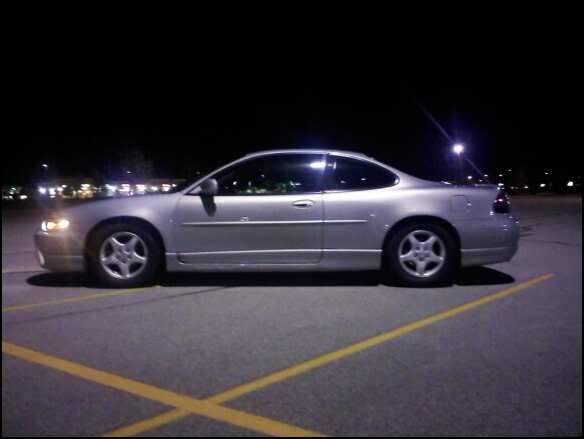
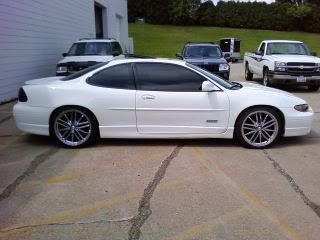
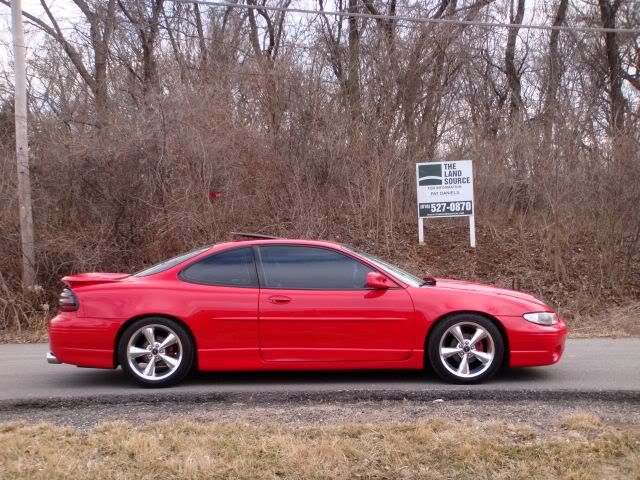





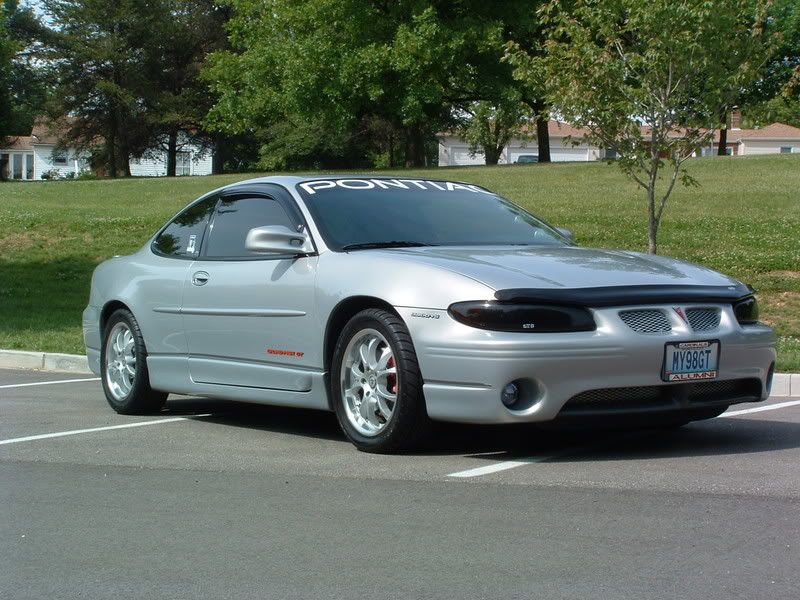







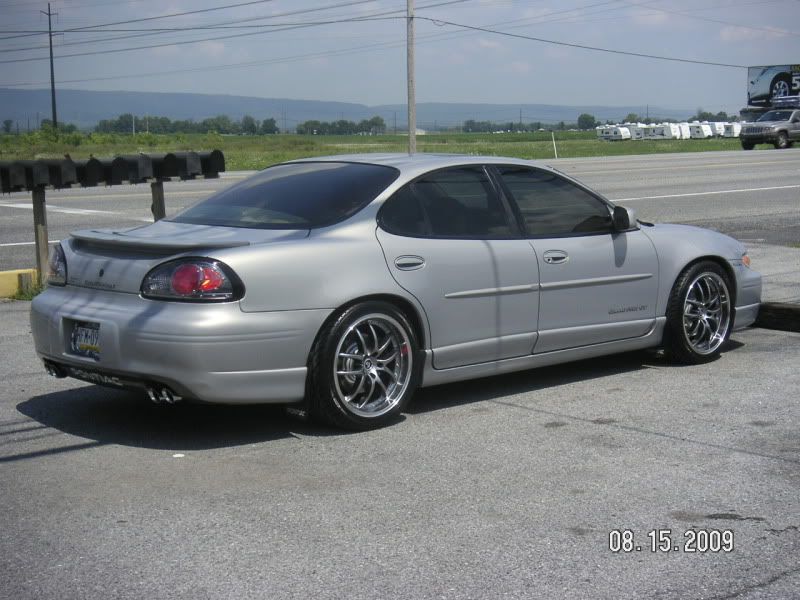
















 )
)  )
)



